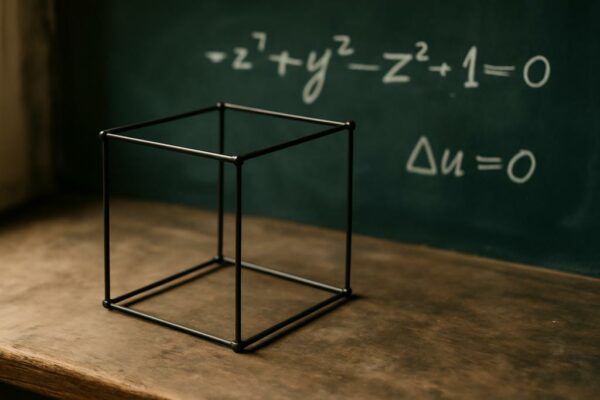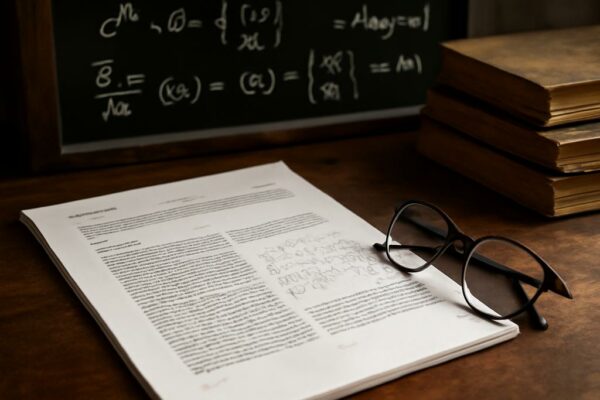
Could layered knowledge make AI patch code bugs faster?
When software misbehaves, the fix isn’t always a single line of code. It’s a choreography of context: the failing test, the surrounding files, the project’s history, and the documentation that defines how the system should behave. A new study from Drexel University, Belmont University, and Florida State University shows that the most promising AI helpers…
























